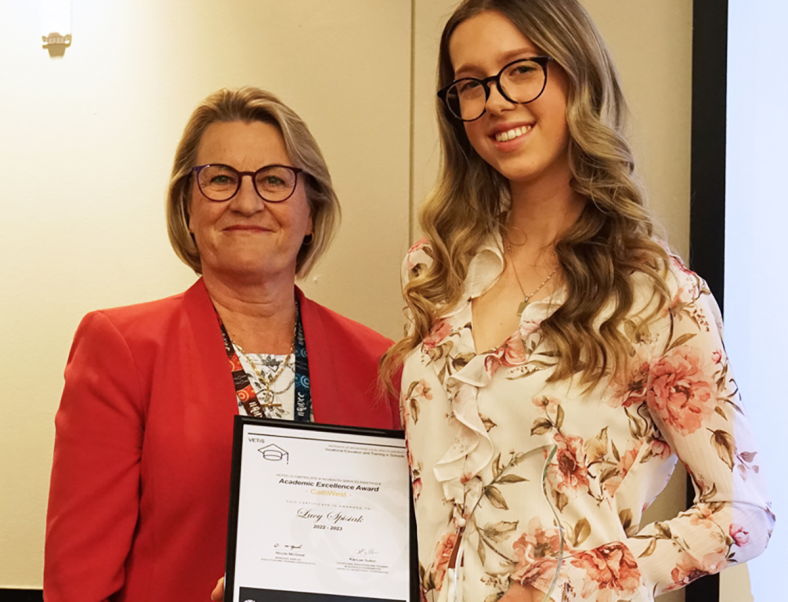
Scientists have shown their investigations into ancient DNA can enable the return of Aboriginal remains to the lands from which they came.
Researchers from Griffith University’s ancient DNA and genomics research group in the Australian Research Centre for Human Evolution (ARCHE) collaborated with Aboriginal Elders and communities across Queensland and New South Wales, as well as the Queensland Museum and international researchers, to analyse DNA extracted from ancient remains recovered from several regions.
The remains had been either excavated from their burial by community request to save them, or were well documented repatriations from the Queensland Museum. The research was conducted in partnership with indigenous people from around the country – from the Willandra Lakes region in NSW to Cape York communities in north QLD.

Led by Griffith’s Professor David Lambert, with Dr Joanne Wright and Dr Sally Wasef playing leading roles in the research, the team worked closely with collaborators Prof Eske Willerslev and Prof Martin Sikora from the University of Cambridge and the University of Copenhagen to conduct the study.
The world-first research, published in Science Advances, has determined the origin of Aboriginal remains using nuclear DNA-based methods to enable their ‘return to Country’ or repatriation.
To achieve this important result, the team constructed an Australia-wide genomic map using 100 complete nuclear DNA sequences from Aboriginal Australians living at many locations across Australia. By comparing the ancient genomic sequences to these modern ones, they were able to accurately identify the closest relative of those ancient people and therefor to identify their original Place and Country.
“Our repatriation research came about through collaborations with a number of Aboriginal Australian Elders and communities,” Dr Wright said.
“I worked closely in particular with Thaynakwith Elder Tapij Wales from Weipa – who sadly passed away before the research was complete – on remains that had been discovered eroding from the sand dunes at Duyfken Point.
“He told me wanted to know how this ancient lady was related to his People, and asked if the DNA of the contemporary population of Weipa could be compared with any ancient DNA that had been recovered.”
Over the course of nearly six years, the ARCHE team extracted DNA from 27 ancient pre-European settlement remains of known provenance from sites in Queensland (Weipa, Cairns, Mapoon) and NSW (Bourke, Willandra Lakes, Barham).
Nuclear DNA (derived from both parents) yielded the most accurate results, working in 100% of cases and to precise locations.
The research identified 10 sets of ancient Aboriginal Australian remains and, using the Australia-wide genomic map of people living today, showed that these ancient nuclear genomes could be used to accurately identify of the origins of remains. Statistical analyses of these nuclear DNA sequences (inherited from both the mother and father) showed that the closest relatives of each of these ancient people were people living today in the same region of Australia.
Importantly, 29 ancient mitochondrial DNA sequences (inherited only from the mother) were shown to be unreliable and performed poorly in this regard. For 18 of these ancient Aboriginal Australian individuals (62.1%), the closest contemporary match was an individual from the same geographic region (within 235 km).
But for the remaining 11 ancient individuals (37.9%), the results were either inconclusive due to a lack of contemporary matches or because some mitochondrial haplotypes were geographically widespread.
The team also showed that if mitochondrial DNA sequences only were used in repatriation efforts in the Australian context, would result in a significant percentage (~7%) of remains being returned to the wrong Indigenous community. Hence, only complete nuclear genealogical data are able to identify the place and country of ancient remains.
“Nuclear DNA used as a tool for repatriation is very effective and if applied to unprovenanced ancestral remains will greatly assist with their repatriation,” Prof Lambert said.
“Ancient DNA from Australia where you’re battling heat, humidity and tropical elements can be extremely difficult to recover.
“This is our ‘positive control’ experiment – we know where these remains came from, so if we find the closest living relative is from the area where the bones came from, then we know that the method works properly.”

The ARCHE team said the method has the potential to help return ancient remains housed in museums back to their communities, but believe whether or not to use the method is a decision that needs to be made by Aboriginal Australians.
“Now that we’ve shown that this could be used, should it be used?” Dr Wright said.
“We’ve shown that it can be, but it’s not our decision to make.”
The team is grateful to Larry Woosup and members of our Aboriginal Advisory Committee. The work was supported by grants from the Australian Research Council (DP140101405, DP110102635, LP120200144, LP140100387, and LP130100748) to Professor Lambert.








